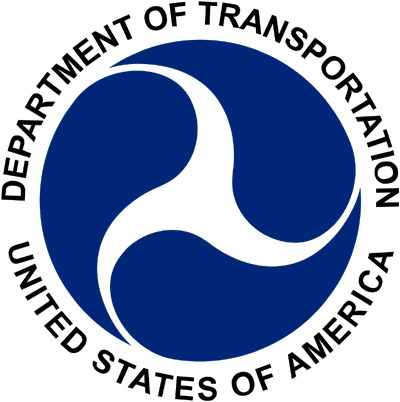In Banning, CA, our local facilities offer comprehensive DOT services including Drug and Alcohol Testing, Physicals, Random Pool and Consortium enrollment, MIS reports, MVR reports, and driver qualification reports. We service employers, single operators, and all DOT modes that need to adhere to 49 CFR Part 40, covering FMCSA, FTA, FAA, USCG, FRA, and PHMSA. Accessible locations and often same-day services ensure convenience near your home or office.
Select your DOT service or required test(s) and find a nearby location for convenient access—ideal for personal, employee, or third-party requirements. Our system simplifies arranging DOT drug testing around Banning, optimizing your experience.
When you're searching for drug testing near me or drug testing locations, we provide a simple and convenient
process to find a drug and alcohol testing location near you that is certified to provide all of your drug
and alcohol testing needs.










